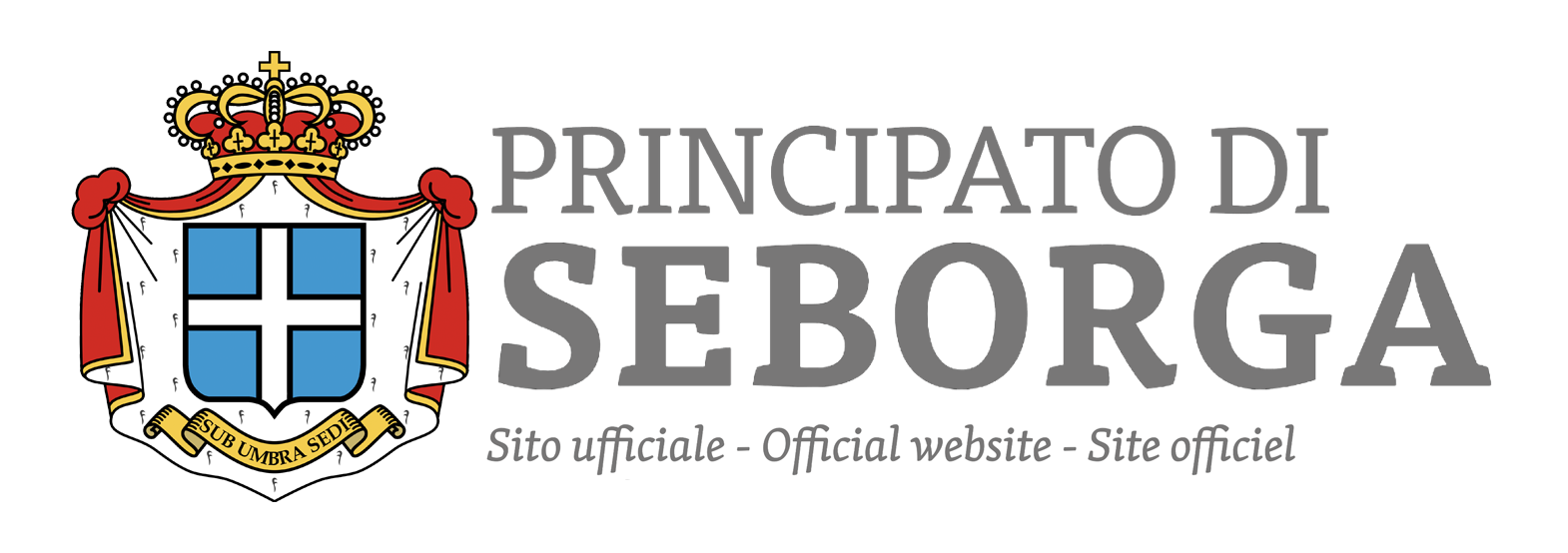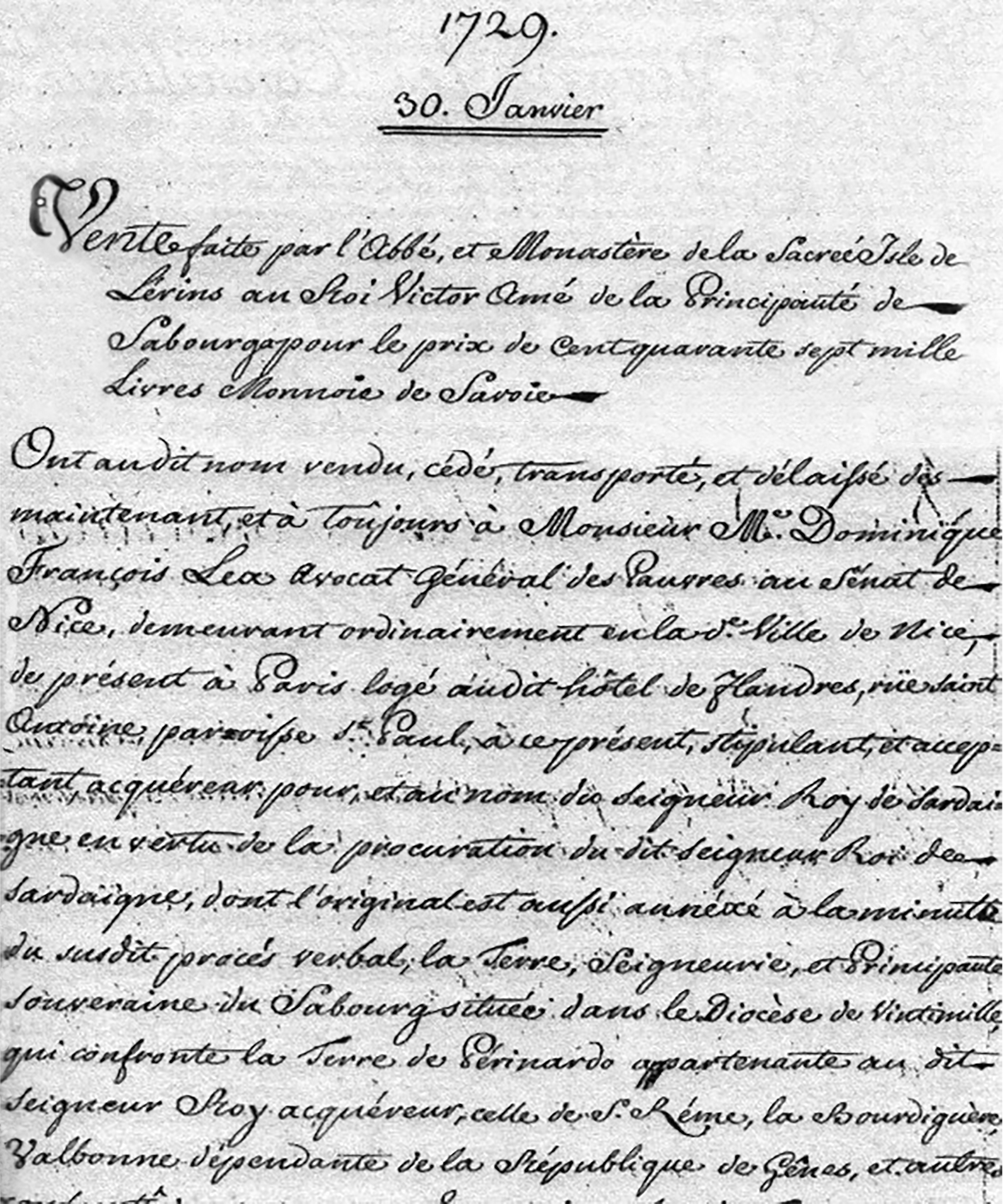Why we are independent
… because we have never ceased to be so!
In fact:
Seborga became an independent state in 954, when Count Guidone of Ventimiglia donated it to the Benedictine monks of the Abbey of Lérins, and in 1079 became a Principality.
In 1729 it was sold by the monks to Victor Amadeus II of Savoy, but:
- the sales act was never legally and officially registered;
- the agreed amount for the sale was 147,000 Savoy lire, which the Savoy family would have had to pay to the Abbey of Montmajour and to the Republic of Genoa for debts previously contracted by the monks of Lerino. This sum was never paid by the House of Savoy: the Republic of Genoa, in fact, continued to consider the occupation of Seborga by the Savoy as illegitimate, and put pressure on the Holy See to have them expelled from Seborga. Eventually, Pope Benedict XIV was forced in 1748 to regularize the Savoy occupation by issuing a papal bull that recognized the Savoy protectorate of Seborga;
- the sales act provided that Seborga would become the king’s personal patrimony without being annexed to the Kingdom of Sardinia (so much so that the payment would have to be made with the personal finances of the king and not with those of the Kingdom of Sardinia);
- the sales act concerned the simple possession of the territories of Seborga and not the sovereignty over it, to which the King of Sardinia has always renounced (so much so that “Prince of Seborga” never appears among his official titles), limiting himself to exercising the ius patronatus over the Principality of Seborga (i.e. the king was a simple Protector of the Principality and not the Prince), which ended in 1946 with the exile of the Savoy from Italy.
Consequently:
- in 1815 no document of the Congress of Vienna reports – obviously – Seborga as being part of the Kingdom of Sardinia;
- the annexation to the Kingdom of Italy in 1861 and to the Italian Republic in 1946 is therefore to be considered unilateral and illegitimate.
While the Principality of Seborga has long claimed its historical and cultural identity, in the current legal framework it operates in full compliance with Italian law. All its activities are carried out solely in a symbolic and cultural form and are managed by a duly registered “associazione di promozione sociale”, established under Italian legislation. The association’s details are as follows:
APS Principato di Seborga
Via Miranda 2 – 18012 Seborga (IM)
Tax Code: 90101700087
Certified E-mail (PEC): principatodiseborga@pec.it
E-mail: associazione@principatodiseborga.com
Website: www.principatodiseborga.com

